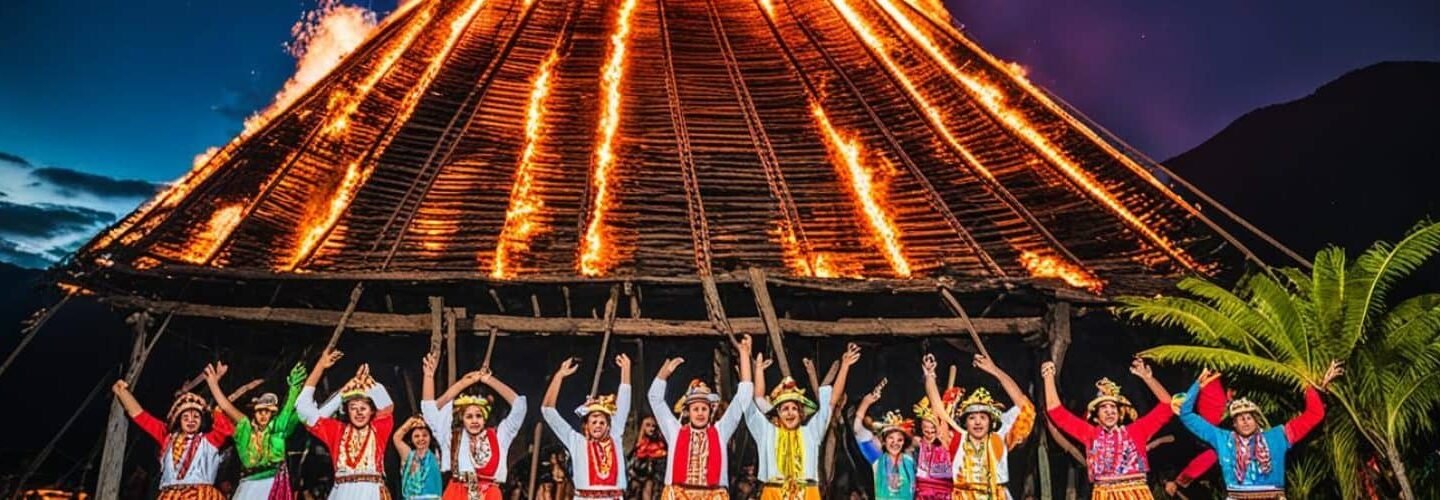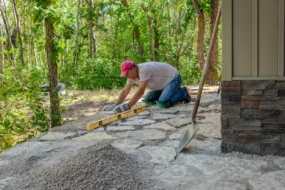
Introduction – Traveling Beyond the Surface
In a world where social media often turns travel into a checklist of “Instagrammable” moments, many travelers are yearning for something deeper — connection, meaning, and authenticity. Cultural escapes offer that. They’re not just about visiting new places; they’re about understanding them — the people, the stories, the traditions, and the way of life that make every destination unique.
Traveling through culture transforms the ordinary into something extraordinary. You don’t just see the Eiffel Tower; you join a Parisian cooking class. You don’t just visit Kyoto; you participate in a centuries-old tea ceremony. You don’t just take photos of Bali; you experience the rhythm of its temple dances.
This is what it means to discover the soul of a destination through its traditions — and it’s what makes travel unforgettable.
The Beauty of Cultural Immersion
Cultural immersion goes beyond sightseeing — it’s about living like a local, even if just for a while. Instead of being an outsider looking in, you become part of the story.
When you eat where locals eat, join their festivals, or learn their crafts, you gain a glimpse into their worldview. You realize how food, music, art, and celebration are deeply woven into their identity.
Cultural immersion helps travelers:
- Build empathy and understanding across borders.
- Appreciate global diversity while seeing universal human values.
- Support local economies and artisans directly.
- Create memories that go beyond souvenirs — experiences that stay for a lifetime.
Top 5 Destinations for Cultural Immersion
1. Kyoto, Japan – The Art of Harmony and Simplicity
Kyoto isn’t just Japan’s ancient capital — it’s the spiritual heart of Japanese culture. With its traditional machiya houses, Zen gardens, and centuries-old shrines, Kyoto offers an immersive cultural experience like no other.
What to Experience:
- Tea Ceremony (Sadō): Learn the philosophy of mindfulness and respect through this centuries-old ritual.
- Kimono Experience: Dress in traditional attire and walk through Gion’s cobbled streets.
- Temple Visits: Discover harmony in simplicity at Kinkaku-ji (Golden Pavilion) or Fushimi Inari Shrine.
- Seasonal Festivals: Time your visit for cherry blossom season or Gion Matsuri — one of Japan’s oldest festivals.
2. Oaxaca, Mexico – The Celebration of Life and Death
Oaxaca is Mexico’s cultural treasure chest. Known for its vibrant markets, mezcal distilleries, and art-filled streets, it’s most famous for the Día de los Muertos (Day of the Dead) celebration.
What to Experience:
- Join Local Families: Decorate altars and share pan de muerto with locals honoring their ancestors.
- Street Parades: Watch traditional costumes, marigold displays, and music fill the city.
- Cooking Classes: Learn to make mole negro — Oaxaca’s signature sauce.
- Visit Artisan Villages: Each town around Oaxaca specializes in crafts — from black pottery to colorful alebrijes (wooden figurines).
Oaxaca teaches visitors that death isn’t an end, but a continuation of life — celebrated with color, music, and love.
3. Marrakech, Morocco – Where History Meets Hospitality
Marrakech is a city that awakens all your senses — the scent of spices, the sound of prayer calls, the warmth of Moroccan tea, and the visual feast of the souks.
What to Experience:
- Stay in a Riad: Traditional homes turned into guesthouses with intricate tilework and peaceful courtyards.
- Explore Jemaa el-Fnaa: The city’s beating heart with street performers, snake charmers, and food stalls.
- Learn Moroccan Cooking: Join a local chef to make tagine or couscous.
- Relax in a Hammam: Experience Morocco’s traditional steam bath — both a cleansing ritual and social custom.
Marrakech teaches travelers the beauty of hospitality — “welcome” isn’t just a word here; it’s a way of life.
4. Tuscany, Italy – The Taste of Tradition
Tuscany is the birthplace of the Renaissance and a region where food, wine, and community are sacred. It’s the perfect destination for those who want to taste history, literally.
What to Experience:
- Farm-to-Table Cooking: Join a local family in preparing pasta and sauces from scratch.
- Vineyard Visits: Learn winemaking from generations-old families in Chianti.
- Stay in an Agriturismo: Sleep on a working farm and enjoy homemade olive oil and bread.
- Medieval Towns: Visit Siena, San Gimignano, and Montepulciano to feel history come alive.
Tuscany isn’t just about what you eat — it’s about who you share it with. Every meal tells a story of family and legacy.
5. Bali, Indonesia – Spirituality and Serenity
Beyond beaches and resorts, Bali offers a spiritual journey rooted in art, ritual, and nature. Balinese culture is centered around balance — between people, the gods, and the environment.
What to Experience:
- Attend a Temple Ceremony: Witness locals offering flowers and prayers at Pura Tirta Empul.
- Learn Balinese Dance: Each movement tells a story passed down for generations.
- Explore Ubud’s Art Scene: From woodcarving to batik painting, creativity thrives here.
- Participate in Nyepi (Day of Silence): The entire island pauses for reflection — a rare cultural experience.
Bali reminds travelers that peace isn’t found in doing more — but in simply being.
How to Respect Local Cultures While Traveling
Cultural tourism comes with responsibility. To truly honor a destination’s traditions, travelers should be mindful of their impact.
Here are some golden rules:
- Research Before You Go: Understand cultural taboos and greetings.
- Ask Before Taking Photos: Some rituals or people may find it disrespectful.
- Support Local Artisans: Buy crafts directly from makers, not mass-market shops.
- Dress Modestly When Required: Especially in religious or traditional settings.
- Learn Basic Phrases: Even simple greetings in the local language show respect.
- Be a Student, Not a Spectator: Engage with curiosity, humility, and gratitude.
Planning Your Cultural Getaway
Here’s how to design a trip that’s enriching and responsible:
- Choose Smaller Tours or Local Hosts: They often provide more authentic experiences.
- Plan Around Cultural Festivals: These offer deeper immersion into traditions.
- Prioritize Sustainability: Reduce waste and respect sacred sites.
- Keep a Travel Journal: Reflect on how each experience changes your perspective.
Conclusion – Travel That Transforms You
The most memorable journeys aren’t measured by miles, but by moments — the laughter shared at a family table, the silence of a temple, the rhythm of a drumbeat under a foreign sky.
When you travel through traditions, you don’t just visit — you belong, even if only for a moment.
And when you return home, you carry more than photos; you carry stories, gratitude, and a piece of the world’s soul.







